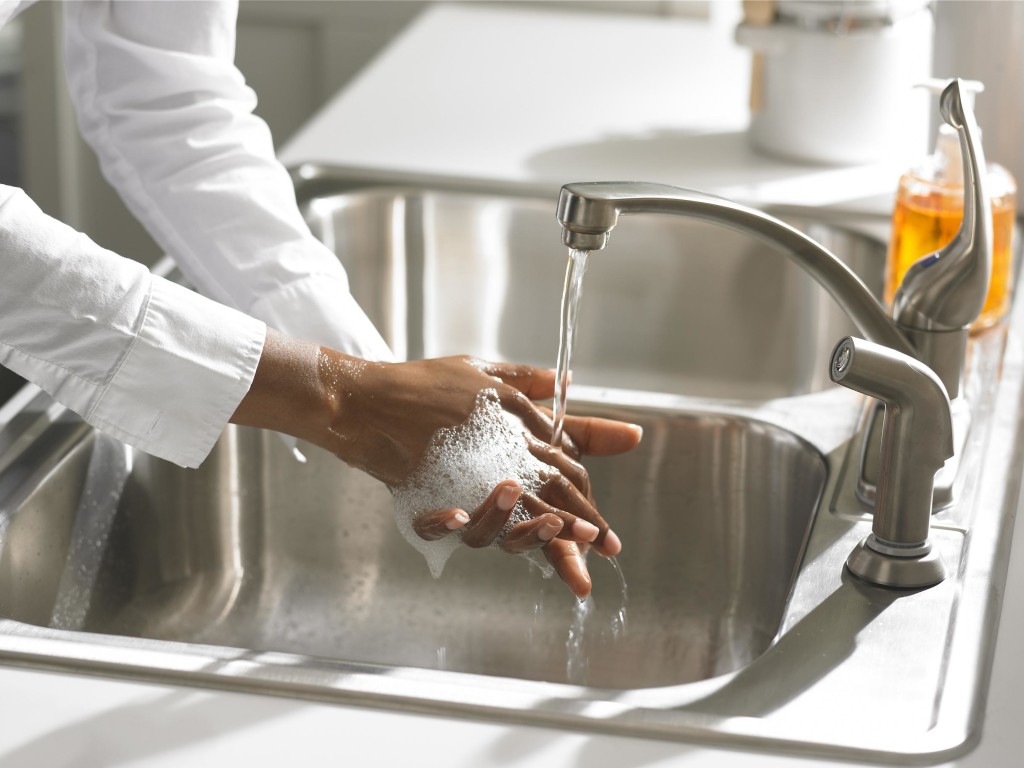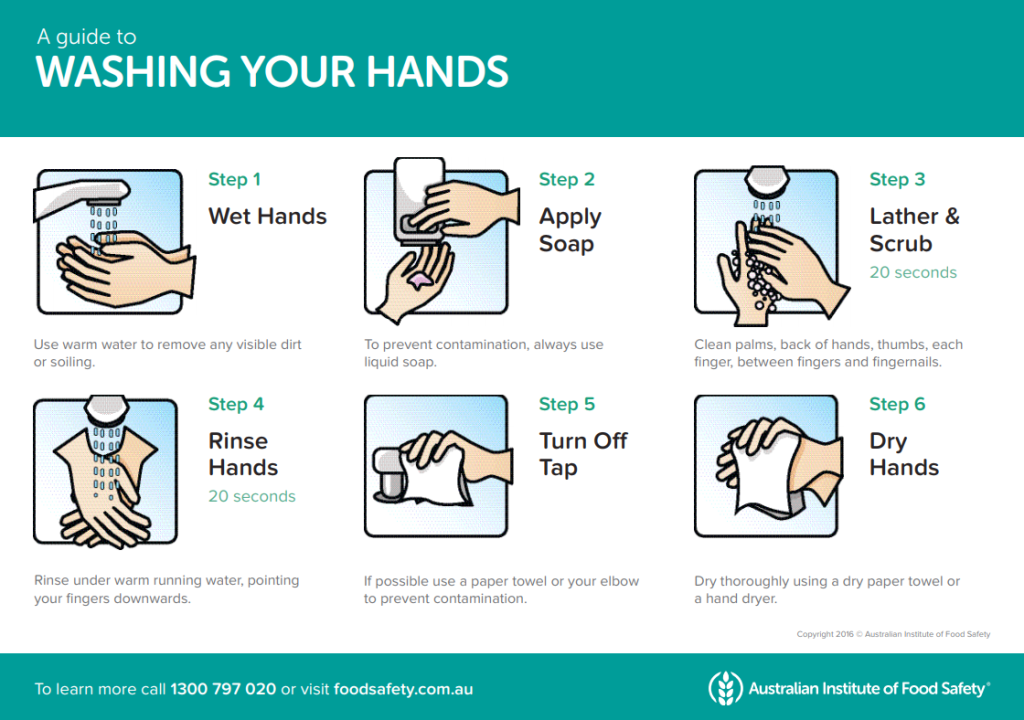When it comes to keeping a commercial kitchen sanitary, it’s highly important for your staff members to maintain proper hygiene. After all, dirty hands are the most common cause for the spreading of infections and diseases. Therefore, it’s imperative that all food-handling workers follow standard sanitation and hygiene practices. And you, as a commercial food business owner, should try to do everything in your power to make hand washing a habit rather than an annoyance.
If you want to make sure that your employees wash their hands as often as necessary, one way to do so is to install special sinks for hand washing. What this means is that there should be at least one hand washing sink inside the food prep area, conveniently located and accessible for all employees to use. Preferably, the sink should include several taps that allow multiple employees to use it at the same time. It’s important to stress out that hand washing should only be performed in the designated sink, and not in warewashing sinks, food prep sinks, or mop sinks.

Furthermore, a high performance hand and body wash should be available at every sink. In the case of a multi-wash sink with several taps, there should be an equal number of hand and body wash dispensers. Using a liquid wash placed in an automated dispenser is a lot faster than using a bar soap and can save time in a busy kitchen. It’s also important to choose a heavy duty hand wash that can effectively clean a wide spectrum of common kitchen soils such as grease and general grime. However, the cleanser should also include some cosmetic grade ingredients, such as an oil bas and a softener to prevent chapping from frequent washing.
Employees must wash their hands every time they touch something that’s likely to carry bacteria, and always before handling food. Like for instance, after using the bathroom, blowing their nose, sneezing, coughing, handling raw meat, throwing out the garbage, and similar cases. After using the cleaning agent, employees should make sure that the foam is properly rinsed off to prevent it from getting in the food they’re handling.

However, how hands are washed is as equally as important as when they are washed. Apply soap, leather, scrub, rinse, and dry off – we all can do it, but do we do it properly? The biggest mistake you can make when washing your hands is to do it superficially, and avoid scrubbing between the fingers and under the finger nails – the places germs are most likely to thrive. Therefore, it’s a smart idea to have hand washing instructions printed out and placed near the sink as a reminder. When it comes to drying off, a commercial kitchen should have a hand dryer or a disposable towel dispenser next to the sink for everyone to use, as opposed to a regular towel that can house germs.






















